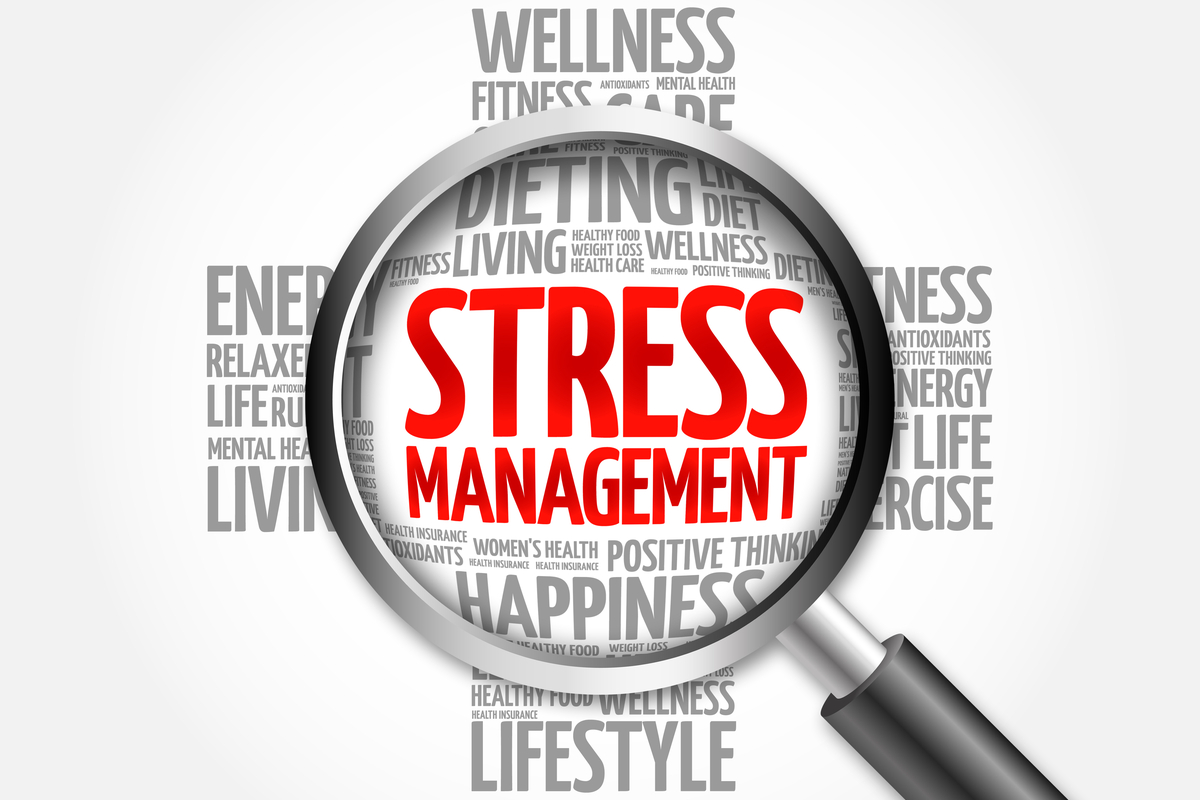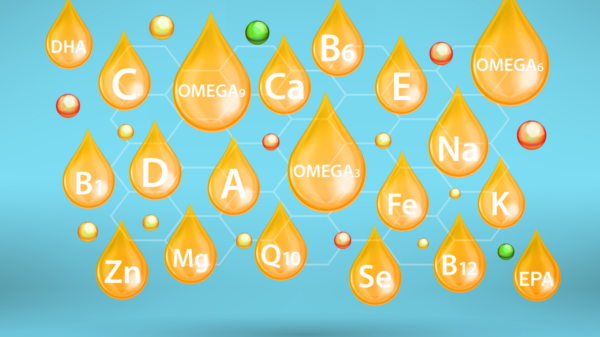Stress is the “psychological, physiological and behavioral reaction of a person who feels that the demands put on him or her do not balance with their capacity to meet those demands, and that leads to illness of health over a period of time.”
Stress symptoms
Every human being experiences different kind of stress.
The following illustrates common symptoms of stress:
- Sleeping difficulties.
- Increase or loss of weight.
- Stomachache
- Grinding of Teeth
- Headaches
- Finding it hard to concentrate
- Sweating of hands or feet
- Palpitation
- Excess sleep
- Social isolation
- Reduced Energy
- Feeling of dizziness
- Emotionally overwhelmed
- obsessive or compelling behavior
How to manage your stress?
There are set of strategies and services designed to help people cope with stress more efficiently by analysis of individual stressors in their lives and taking constructive measures to reduce their effects.
We cannot always aspire to be stress-free because it is an unrealistic approach. After all, we all suffer an inevitable human reaction from time to time, and not all of it is bad either.
Meditation, yoga and exercise are common examples of stress control.
We will examine these in great depth and take a variety of methods to ensure that everything works for everyone.
All of us can benefit from identifying and handling our stress better through proper stress management strategies.
Techniques for stress management
Stress revolves around our daily life and can inspire you to do stuff. The normal aspect of life can be a great burden, either due to serious disease, loss of work, death, or a traumatic life event. Human mood swings fluctuate on an everyday basis; feeling nervous, sad, or anxious for a while is completely natural.
Talk with your doctor whether it’s more than weeks you’re feeling sick or stressed or if your home and working life are interfering with it. You assist yourself with treatment, medicines, and other methods.
In the meantime, before it is too much, you can learn how to handle tension and stress by adopting the following techniques.
Various techniques and strategies for stress management
Here are three approaches on how to manage your stress:
1. Action-based approach:
In this approach, you take action to change your stressful situation. The points given below will help you know the approach more precisely.
· Be Confident
The secret to confidence is clear and efficient communication. Confidence unlocks the door to what we want or need and clarify what we are concerned about. It is important to do this fairly and firmly while empathizing with others.
You should resist and be constructive in changing the stressful situation until you identify what you need to communicate.
· Take time off
How many times do you go offline?
Try disconnecting yourself from the world of the internet and technology because it’s worth the try. Constant use of technology, social media can result in drowning our energy down. Take time every day to rest.
You may realize that all those activities that seem to be urgently needed are less necessary. When you come back, the to-do list is available. Always remember recharge is a very good way to tackle the stress around you.
· Prioritize your time
Our days are going to consume us if we allow them. The months will become incredibly busy before we know it. We build a less stressful and more fun life if we prioritize and plan our tasks.
· Setting Boundaries
The internal rules we create for ourselves are boundaries. They describe what behaviors and goals we embrace, how much time and space we require from others.
For a stress-free life, healthy limits are important. We respect and take care of our well-being by voicing our limits to others clearly is when we have healthy boundaries.
· You deserve a break
At times it is better not to continue the fight of thoughts running in your head. You just need a break sometimes.
Distract yourself. Watch a movie, call or meet a friend, walk or do something meaningful that distracts you away from your thoughts.
2. Emotion Based Approach
This approach modifies our perception of a stressful situation. The given points will help you know the approach more precisely.
· Approaches to self-suggestion
The question is, what are the approaches that lead to self-suggestion. The answer is a simple affirmation, imagery, and relaxation.
Positive imagery and affirmations have now proven to be scientifically strong.
How would it happen? Your brain sees it as a possibility when you think about a good experience. Replace the negative feelings with optimistic statements and challenges and experience a change in the way you see the world.
3. Cognitive Behavioral Therapy
It is a method to understand the negative feelings/ emotions and to challenge the reasoning for the eruption of negative emotions. The main component of cognitive-behavioral therapy (CBT) is cognitive restructuring.
Bad moods often leading to damaging behavior can decrease your performance quality and undermine your relationships with others. Cognitive restructuring helps you shift the negative or skewed way of thinking behind a bad mood.
· ABC Technique
The psychologist Dr Albert Ellis was initially the founder of this technique. Dr Martin Seligman, President of the American Psychological Association at the University of Pennsylvania, then adjusted it.
The ABC letters define the following:
- Adversity
This letter refers to a stressful situation.
- Beliefs
This letter defines how you react in a stressful situation.
- Consequences
The aftereffects of a situation after reacting in a certain manner.
An example – you are screaming at your assistant that he forgot to print an important report which is a need in a meeting. The meeting is about to be held after half an hour (Adversity). You yelled because you believed you are a lousy boss (Belief). You then present poorly in the meeting because your self-confidence has fallen (Consequences). The more optimistic your views are, the more positive the results.
4. Approaches based on acceptance
The approach is used when you cannot control stressful circumstances.
· Maintain your diet and exercise
You must have heard the phrase “You are what you eat”. You need to pay attention to this phrase because a safe and balanced diet can significantly impact the way you think or your emotions.
You should alter your daily diet routine, which may include minimizing alcohol consumption, caffeine and sugar.
Minimizing the intake are known as effective ways to decrease anxiety.
Exercise is another safe means of reducing stress. In relieving moderate depression, it has also proved to be just as effective as antidepressants.
· Techniques for physical relaxation and meditation
Practice deep breathing exercises, guided visualization, yoga and guided body scans. These techniques help to calm the body.
· Develop Resilience
Resilience is our capacity to rebound from traumatic or bad results. To simplify things, resilient people can acknowledge the event, learn from what has happened and then proceed.
· Express Yourself
Do not keep everything inside. Do not suppress your emotions inside. Talk about your concerns or the stuff that is bothering you down with someone close to you.
Sharing concerns will halve them and give you an opportunity to laugh at potentially ridiculous scenarios.
When we speak of stress loudly, much of our concern sounds a lot less stressful. Writing them down is also a perfect way to free your thoughts if you don’t feel like sharing.
You can always seek help from a professional. There are multiple therapies, including free sessions that can be available in your city, which are just a search away from google.
· Get Enough Sleep
Good night sleep is important if you need to handle stressful conditions. The definition of enough sleep varies from person to person; an uninterrupted sleep of about 8 hours is usually recommended based on how much sleep is required for a normal human being to refresh their brain.
5. Mediation for Stress Management
Meditation offers both a short-term relief from stress and lifelong benefits of stress control. Many different types of meditation are available to try, and each is special and appealing to in their own regard.
You will establish a mantra that you repeat as you breathe slowly. You might take several minutes to be conscious of what it means to be present at the moment. Pay attention to details like what you see, hear, taste, touch, and smell.
6. Progressive muscle relaxation practice
Progressive muscle relaxation practice means that all the body muscles are relaxed, group by group. You can begin with some deep breaths to practice. Then tighten and relax each group of muscle, begin with your forehead and walk to your toes.
With practice, tension and tightness in the muscles can be recognized, and you feel a sense of relaxation. However, you should feel a sense of relaxation through your body every time you exercise.
7. Concentration on breathing is meditation.
Concentration on breathing or adjusting your breathing will greatly affect your overall stress level. In just a few minutes, respiration exercises will relax the body and brain.
The best news is that no one around you will figure it out while you are doing it. So, if you are in tension before a meeting or in a packed theatre, breathing will help you to reduce your stress.
8. Yoga for Stress Management
Yoga incorporates movement, meditation, light exercise, and synchronized breathing, all of which offer an outstanding relaxation of stress. You will most likely receive the immediate result from a single yoga practice; if you integrate it consistently into your life, you will likely receive long-term benefits and a significant reduction in your stress level.
The physical, psychological, and spiritual benefits of yoga vary. To experience, you can take a class, join an online yoga class or maybe download an app to help you learn yoga.












